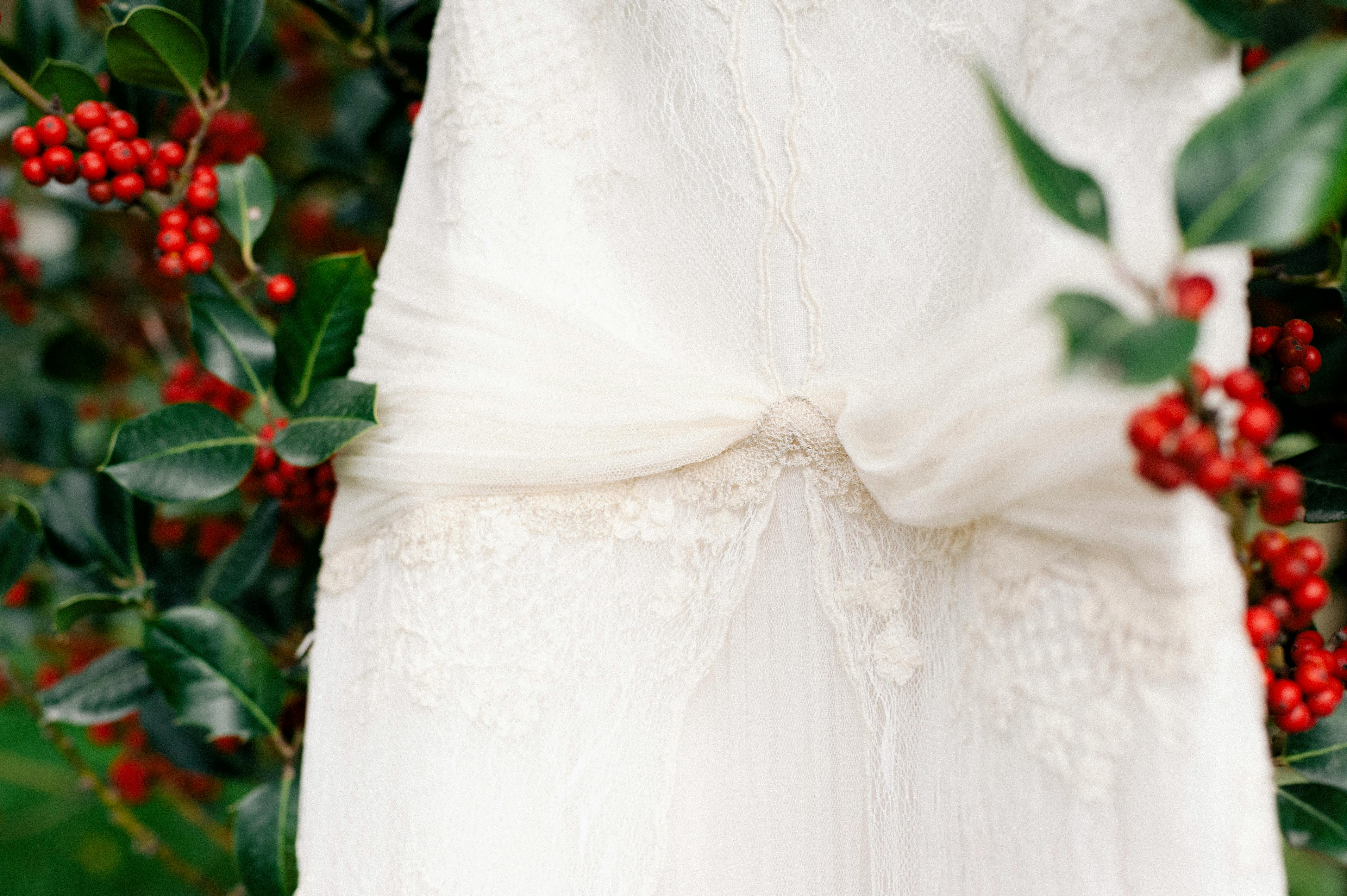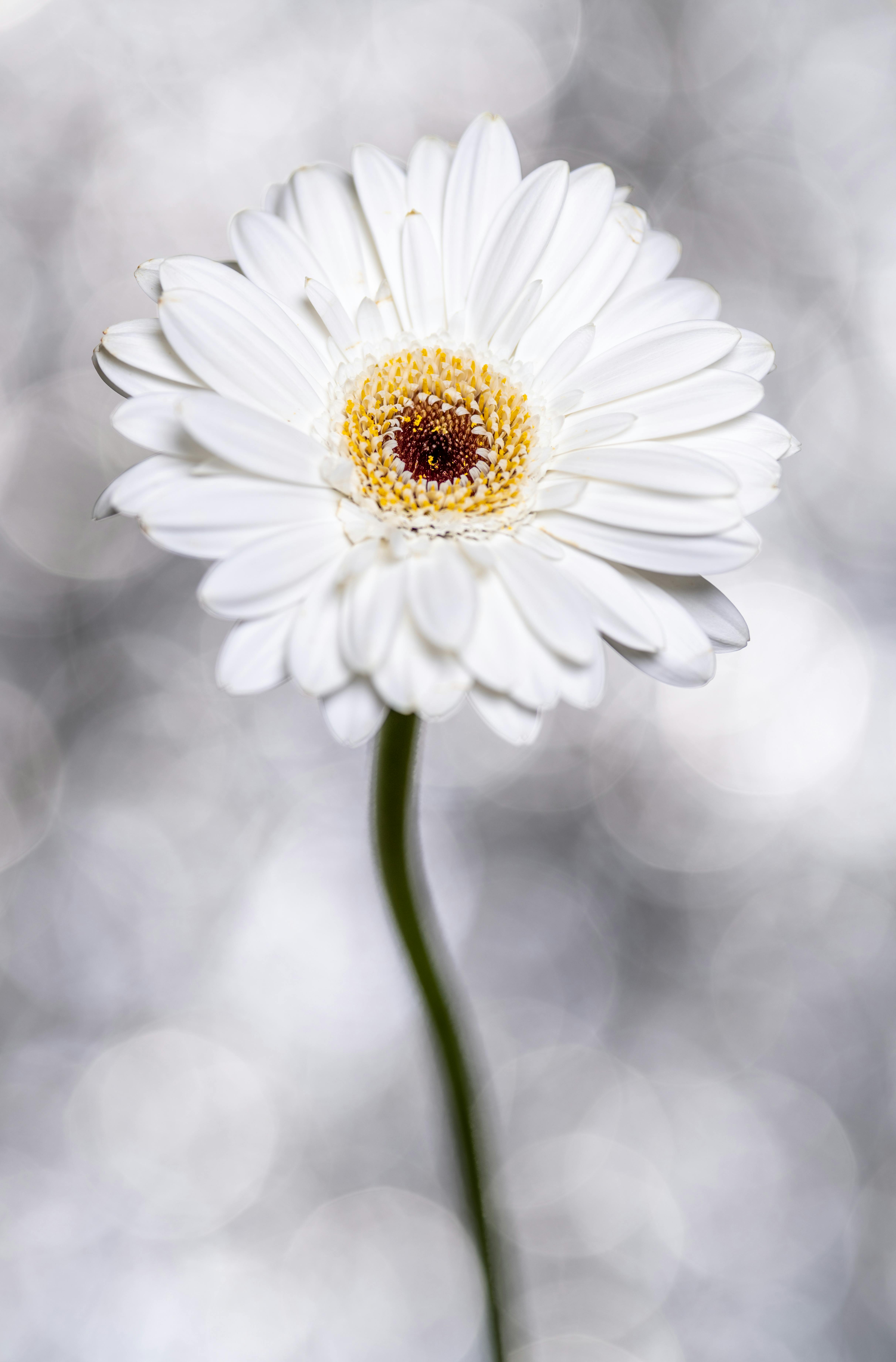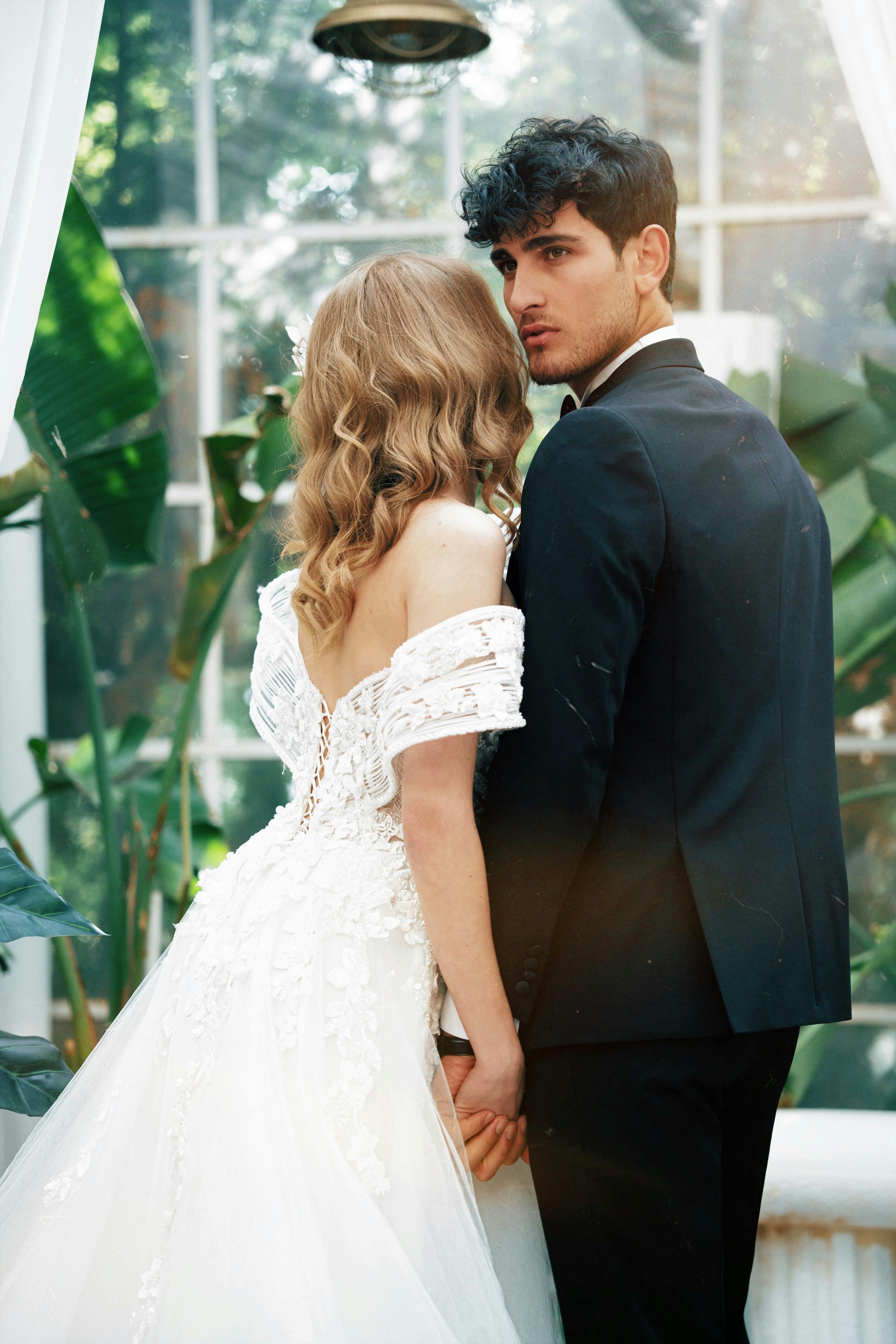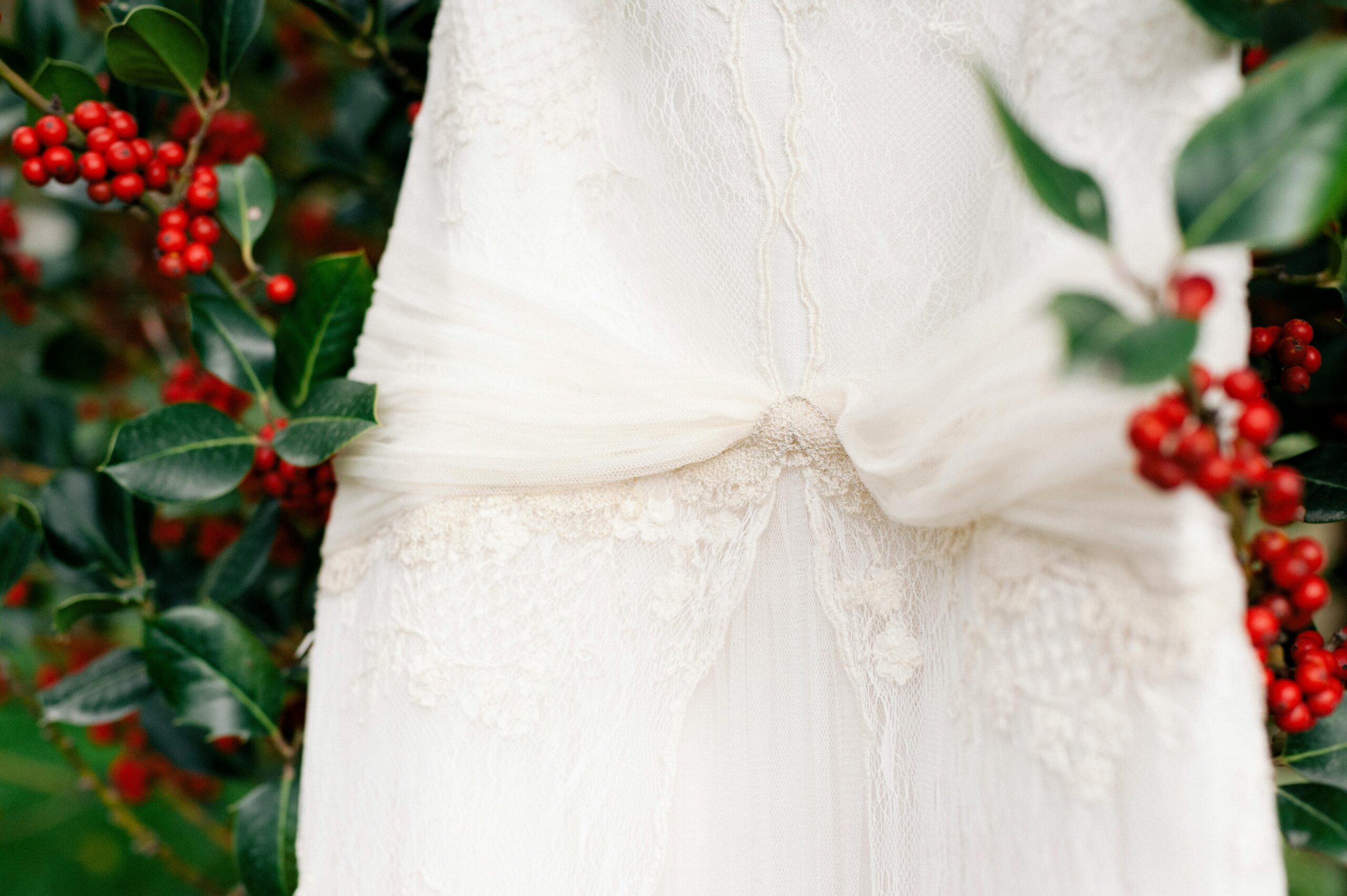The Ultimate Guide to Botanic Gardens Wedding Photography
Weddings in botanic gardens offer a breathtaking blend of natural elegance and timeless romance. As outdoor ceremonies continue to rise in popularity, mastering botanic gardens wedding photography becomes essential for capturing those once-in-a-lifetime moments. This comprehensive guide explores everything you need to know, from foundational techniques to advanced strategies, to help you create visually captivating wedding photos that truly stand out.

Understanding the Fundamentals
Botanic gardens wedding photography is more than just shooting pretty flowers; it’s about storytelling through nature’s lens. The lush landscapes, seasonal blooms, and filtered sunlight offer a dynamic canvas for photographers. Understanding how to utilize these elements effectively is the cornerstone of exceptional imagery.
This type of photography blends portrait, landscape, and candid styles. Learning to balance natural light, vibrant backgrounds, and emotional connection can transform simple moments into captivating works of art.
1.1 Mastering Natural Light
Natural lighting is your most valuable asset in botanic gardens wedding photography. Unlike studio setups, the sun offers dynamic tones that enhance skin tones and floral textures. Use golden hour lighting—typically the hour after sunrise or before sunset—to capture soft, romantic glows.
However, direct noon sunlight can cause harsh shadows. In such cases, shaded areas beneath tree canopies provide diffused light that’s ideal for portraits. A common mistake is overexposing highlights; instead, slightly underexpose to preserve detail.
1.2 Composing with the Landscape
Unlike traditional venues, gardens offer diverse backdrops—from rose arches to lily ponds. Use the rule of thirds to position couples amidst striking visual elements. Leading lines from pathways or hedges naturally draw the viewer’s eye.
Composition goes beyond symmetry. Contrast vibrant flower beds with neutral attire to make subjects pop. Avoid cluttered backgrounds that compete for attention; instead, frame shots using foreground elements like hanging branches.
Practical Implementation Guide
Now that you understand the core principles, it’s time to apply them effectively. Botanic gardens wedding photography demands pre-visualization, flexibility, and technical readiness. Here’s how to execute a shoot that wows both clients and audiences.

2.1 Actionable Steps
- Scout the Location: Visit the garden at the same time of day as the event. Identify optimal spots with natural framing and lighting.
- Gear Checklist: Bring a wide-angle lens for scenic shots and a portrait lens (85mm or 50mm) for detailed close-ups. Carry reflectors and diffusers for light control.
- Create a Shot List: Include must-have moments like ring exchange under a tree or a walk through flower-lined paths. Build a flexible timeline to accommodate natural changes like lighting and weather.
2.2 Overcoming Challenges
Botanic gardens come with unique obstacles:
- Unpredictable Weather: Always have a rain plan. Overcast skies often enhance skin tones and reduce shadows.
- Crowd Control: Gardens open to the public may have foot traffic. Schedule shoots during off-hours or opt for private garden rentals.
- Floral Distractions: Overpowering colors may steal focus. Use depth of field to blur the background and center attention on the couple.
- Permits: Some gardens require photography permits. Contact the venue in advance to avoid legal issues.
- Lighting Variability: Use exposure bracketing to compensate for changing light conditions in shaded and sunlit areas.
Expert tip: Always bring a second shooter to capture alternate angles and spontaneous moments, especially during the ceremony.
Advanced Applications
Once you’re confident with basics, you can elevate your botanic gardens wedding photography through creative techniques and specialized equipment. This section is ideal for photographers looking to push boundaries and impress high-end clients.

3.1 Creative Lighting Techniques
Use off-camera flash (OCF) to simulate natural light during golden hour or twilight. Add color gels to your flashes for a dramatic sunset effect. Softboxes and umbrellas help control light spill and maintain a natural look.
Case studies show that incorporating backlighting through tree foliage can create magical halo effects around the couple. This is especially effective when paired with atmospheric conditions like mist or smoke bombs.
3.2 Drone and Aerial Photography
Integrating drone shots provides a stunning bird’s-eye view of the ceremony layout, floral arrangements, and guests. This is especially impactful in expansive botanic gardens with distinct patterns and symmetry.
Ensure your drone is quiet and unobtrusive. Always confirm that the garden allows aerial photography, and follow FAA or local regulations where applicable.
Future Outlook
The future of botanic gardens wedding photography is evolving with trends in sustainability, personalization, and digital storytelling. Expect increased demand for eco-friendly venues and custom floral setups.
AI-driven editing tools, 360-degree video, and virtual reality albums will soon redefine client expectations. To stay ahead, invest in learning emerging technologies and hybrid video-photography packages.
Conclusion
Botanic gardens wedding photography offers endless creative possibilities. Remember to master natural light, compose thoughtfully, and remain adaptable on the day of the event. These skills ensure not only beautiful imagery but a memorable experience for clients.
Ready to take your wedding photography to the next level? Start with your local botanic garden, build a diverse portfolio, and let nature’s beauty do the rest. Capture love where it blooms most naturally.
Frequently Asked Questions
- Q: What makes botanic gardens ideal for wedding photography? Their diverse landscapes and natural lighting provide a picturesque setting that enhances every frame.
- Q: How do I start shooting in a botanic garden? Visit local gardens, practice with mock shoots, and apply for relevant permits before offering client services.
- Q: How much time does a typical garden shoot take? Expect 2-4 hours depending on ceremony coverage, location size, and number of planned shots.
- Q: What are the typical costs involved? Permit fees range from $50 to $500, while equipment needs can increase your overhead. Factor in editing time as well.
- Q: How does this compare to indoor wedding photography? Outdoor shoots allow more dynamic lighting and scenery but require more flexibility and preparation.
- Q: Is it difficult to learn garden wedding photography? With practice and study, even beginners can quickly adapt. Focus on light and timing for best results.
- Q: Can this work for specific cultures or traditions? Absolutely. Gardens offer a neutral, adaptable backdrop suitable for various ceremonies, from Western to South Asian weddings.
